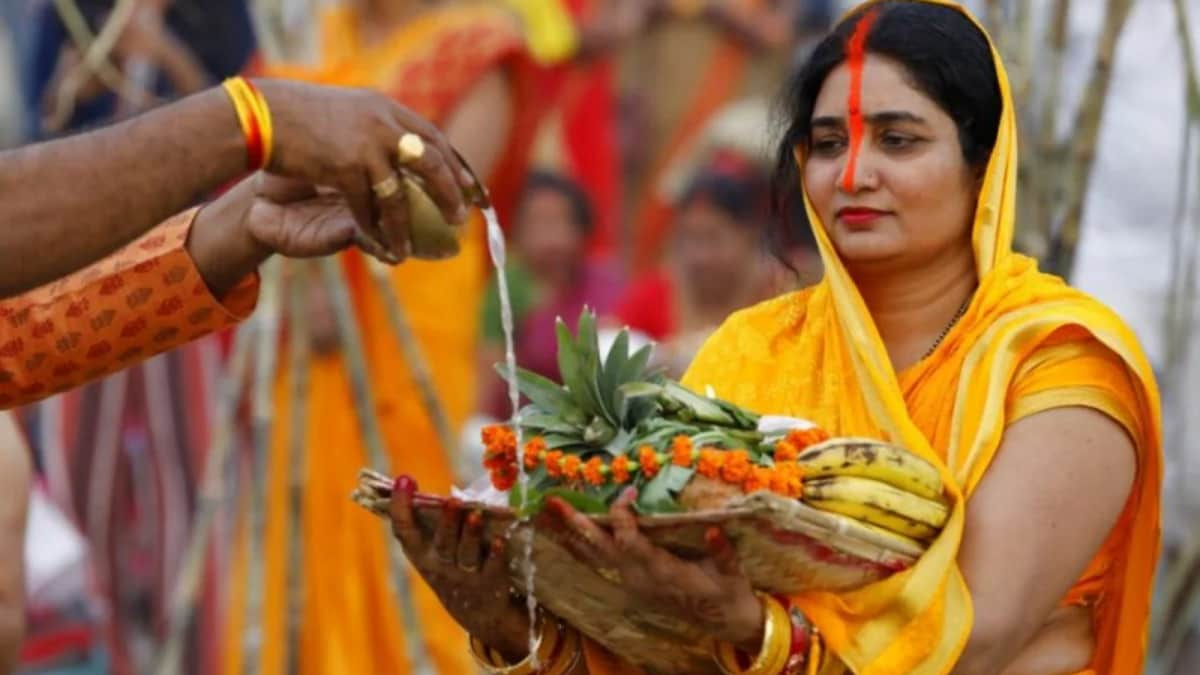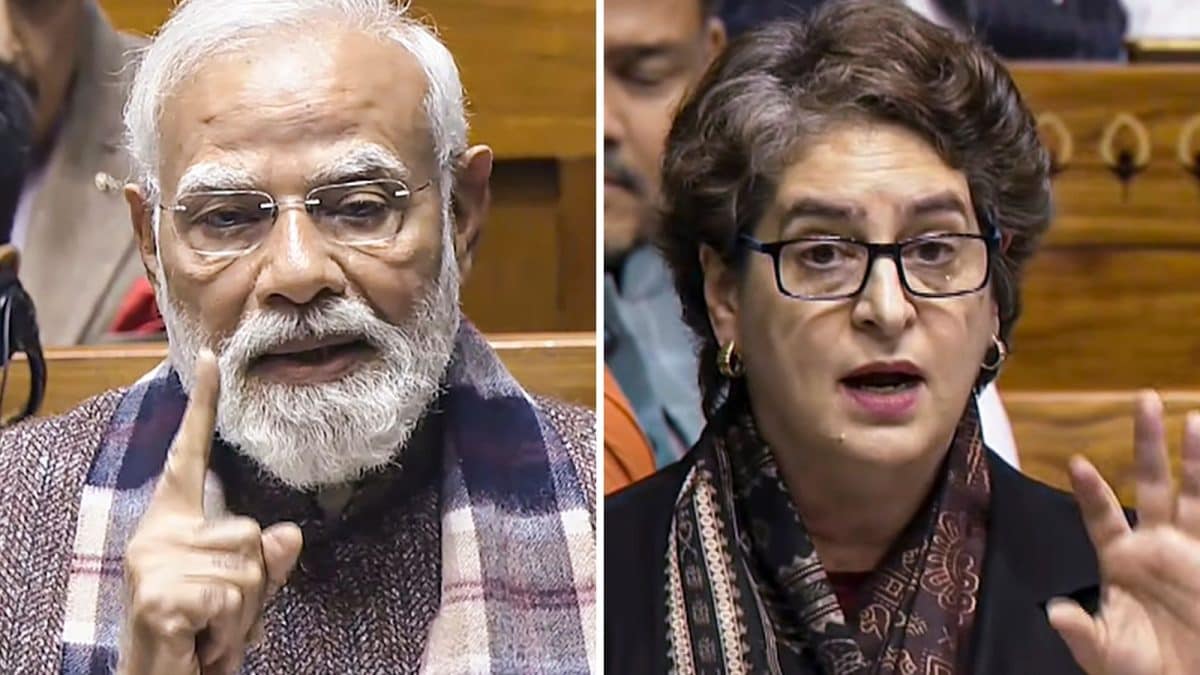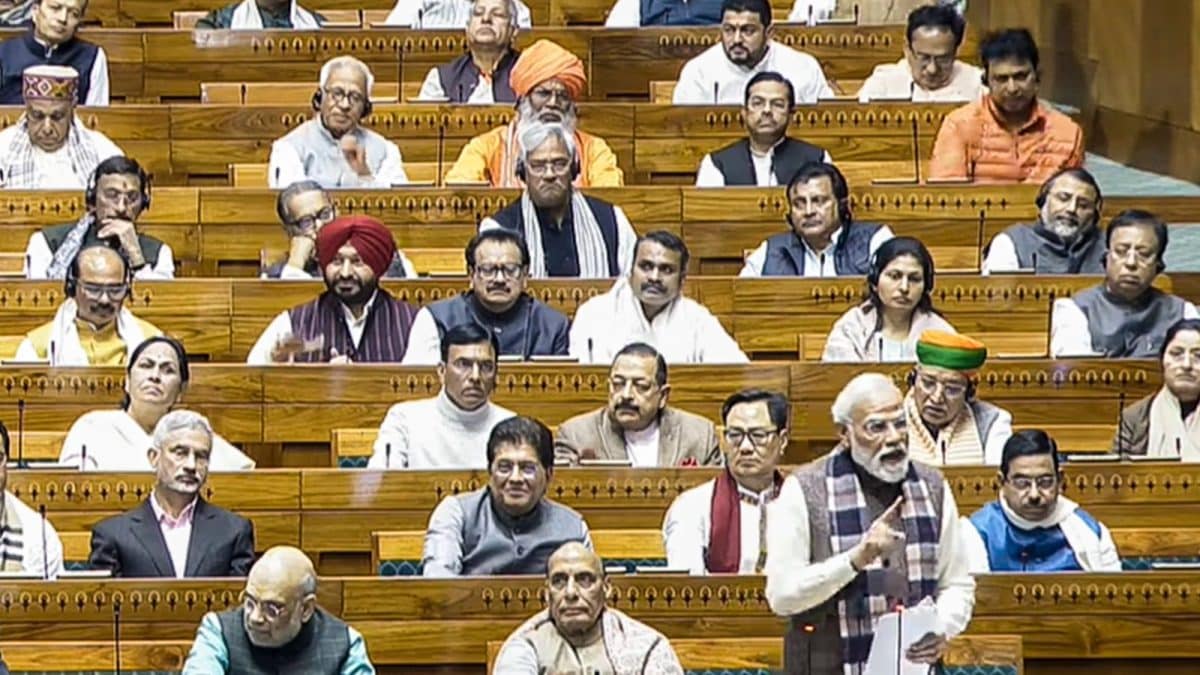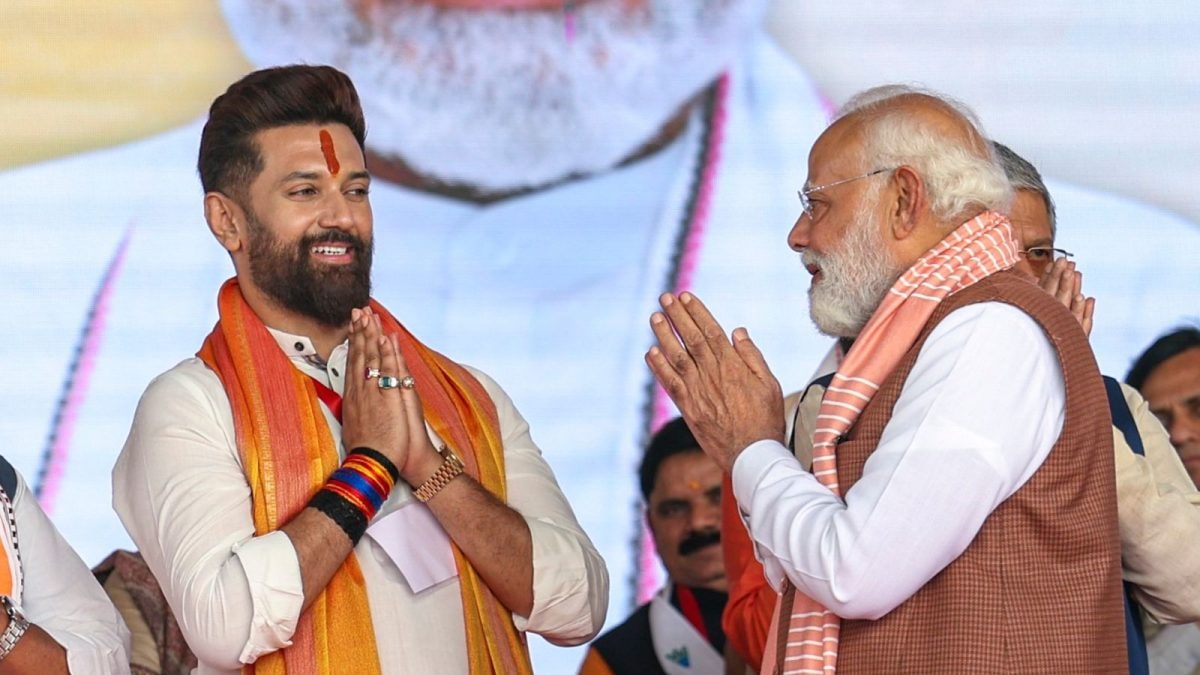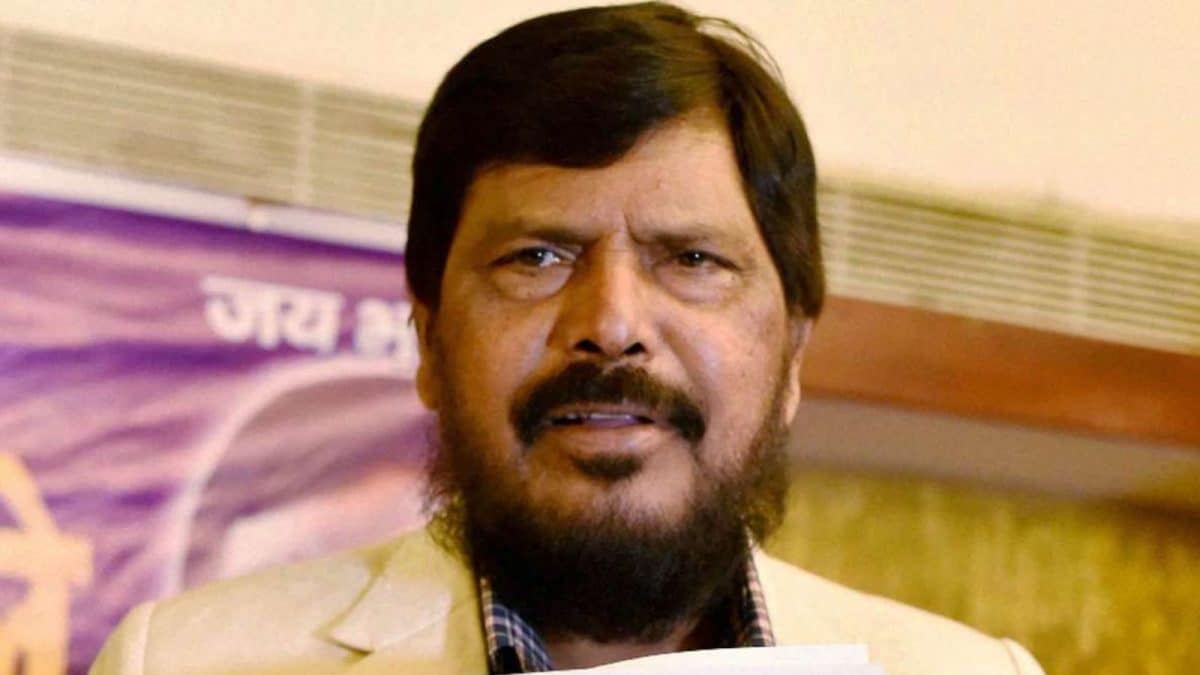Last Updated:
The 4.8 million-plus migrants face a dilemma in choosing between staying back for an extra week or two to vote or returning quickly to their jobs to avoid financial loss

With the first phase slated for November 6, the time gap between the traditional homecoming for Chhath and the polling date is over a week.
The highly anticipated Bihar assembly election, scheduled in two phases on November 6 and November 11 after Chhath Puja, has presented a unique and daunting challenge for political parties to retain the massive influx of migrant workers in the state until they can cast their votes.
The Bharatiya Janata Party (BJP) has already begun strategising how to ensure that migrant workers who are back in the state from across the country for Chhath Puja stay back to cast their votes. With the first phase slated for November 6, the time gap between the traditional homecoming for Chhath and the polling date is over a week.
As per Bihar government’s data, approximately 45.78 lakh residents work in other parts of the country and another 2.17 lakh are employed abroad. These 4.8 million plus migrants, largely from economically weaker sections, return seasonally for the major festival, but now face a dilemma in choosing between staying back for an extra week or two to vote, or returning quickly to their jobs to avoid financial loss.
Amid the dilemma, BJP sources have told News18 that a message has been given to the cadres of the party to ensure that within 48 hours of the conclusion of Chhath Puja festivities, they must visit door-to-door and speak to the families of each migrant, providing them all available options in case they wish to stay put in Bihar till voting.
“Staying back for nine days after Chhath for the first phase of voting is indeed a difficult ask due to their nature of jobs and considering the financial losses. But we are trying to make them understand the importance of their vote and in some cases, if required, are ready to speak to the employers on behalf of the party. Our purpose is not only to get their votes but encourage them to participate in the festival of democracy and also to give them more time to spend with the family while we are providing whatever help we can,” said a source in the BJP.
In some cases, party workers are considering making all arrangements for the migrants to return to their workplaces in other states after polls.
For the BJP, the retention of these “swing voters” is paramount as migrant votes are expected to be decisive in closely contested seats.
The party has launched a concerted, last-ditch effort on the level of Panna Pramukh of every booth to persuade them to stay back. It has mobilised its entire organisational structure, deploying workers from booth level to assembly constituency. District presidents and local functionaries have been given explicit instructions to engage directly with the workers and communicate with their employers outside the state to secure a few extra days off.
Efforts also include local party units running specialised awareness campaigns. These drives emphasise the value of every single vote in the context of a neck-and-neck electoral battle, especially for those who have been long-term BJP voters. The party is also exploring offering logistical support such as transportation to ensure migrants can easily reach polling booths or their departure can be delayed.
The BJP has begun internal exercises to identify constituencies most affected by outmigration and to reach families of migrant workers.
Data shows the highest outmigration is from districts like East Champaran (6.14 lakh), Patna (5.68 lakh), Siwan (5.48 lakh), Muzaffarpur (4.31 lakh), and Darbhanga (4.3 lakh). These districts will largely go to polls in Phase 1, with the notable exception of East Champaran, which votes in Phase 2.
October 23, 2025, 11:53 IST
Read More


